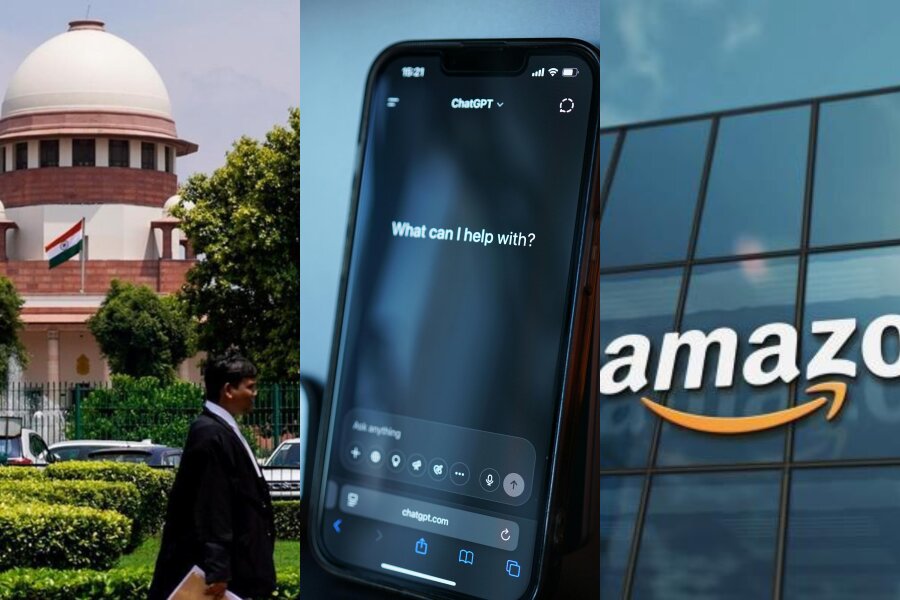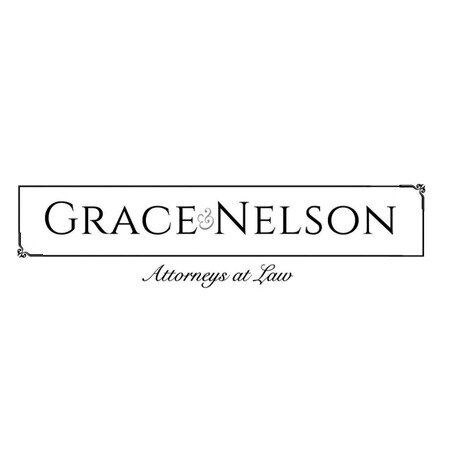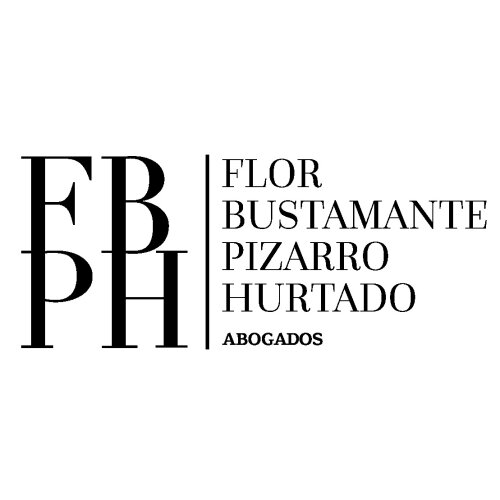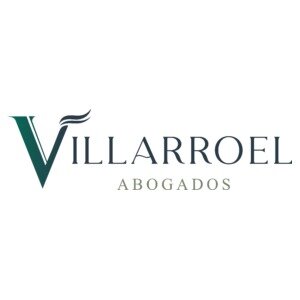Best Art & Cultural Property Law Lawyers in Ecuador
Share your needs with us, get contacted by law firms.
Free. Takes 2 min.
Or refine your search by selecting a city:
List of the best lawyers in Ecuador
About Art & Cultural Property Law in Ecuador
Art & Cultural Property Law in Ecuador encompasses regulations that govern the conservation, ownership, and distribution of artworks, antiquities, cultural relics, and other valuable cultural artifacts. The country is rich in cultural heritage, and to preserve this, specific laws have been implemented to manage and protect its diverse cultural assets. These laws ensure that Ecuador's cultural property is preserved, studied, and shared respectfully, acknowledging the importance of this heritage in national identity and history.
Why You May Need a Lawyer
There are several situations where individuals or entities might need legal assistance in the realm of Art & Cultural Property Law in Ecuador:
- Purchasing Art or Artifacts: If you're buying artwork or cultural properties, legal advice can help verify authenticity and provenance.
- Exporting or Importing Cultural Items: Ecuador has stringent regulations on the export and import of cultural objects, and legal guidance can help navigate these.
- Estate Planning: For art collectors or those inheriting cultural property, legal expertise is helpful for estate planning and inheritance.
- Dispute Resolution: In cases of theft, disputes over ownership or joint custody of cultural items, legal representation is crucial.
- Institutional Guidance: Museums and galleries might need policy guidance to ensure compliance with cultural property laws.
Local Laws Overview
Key aspects of Ecuadorian laws relating to Art & Cultural Property include:
- Patrimonio Cultural del Estado: This principle establishes that all cultural heritage is part of the national patrimony and is protected by state laws.
- Protection of Archaeological Sites: Any discovered artifacts on Ecuadorian soil are deemed property of the state, and there are strict rules around excavation and reporting discoveries.
- Export Restrictions: Cultural assets marked as patrimony cannot be removed from the country without proper authorization, to prevent illicit trafficking of cultural goods.
- Registration and Inventory: Many cultural items must be registered with relevant authorities to keep track of national assets and protect them from illegal trade.
Frequently Asked Questions
What defines a cultural property in Ecuador?
In Ecuador, cultural property typically includes tangible items that carry historical, artistic, or archaeological significance and are part of the National Cultural Heritage.
Can I legally sell inherited artwork from Ecuador?
Yes, but you must ensure that the artwork is not on the inventory of protected cultural heritage objects, or otherwise, you will need authorization from the Ministry of Culture and Heritage.
What should I do if I find an archaeological artifact?
You are required by law to report any findings to the nearest cultural authorities; failing to do so may lead to legal consequences.
Is it possible to export art for an exhibition abroad?
Yes, but you must obtain specific export permits and adhere to regulations ensuring the safe return of cultural items to Ecuador.
How can I verify the authenticity of cultural artifacts?
Consulting with legal experts and certified appraisers can help verify the authenticity and legal ownership history of cultural items.
Are there penalties for illegal trafficking of cultural property?
Yes, Ecuadorian law imposes severe penalties including imprisonment and fines for individuals found guilty of trafficking cultural property.
What role do museums play in protecting cultural heritage?
Museums in Ecuador play a critical role in preservation, education, and ensuring the protection and ethical management of artifacts.
Can I claim ownership over a cultural item gifted to a museum?
Once an item is legally gifted or bequeathed to a museum, it typically becomes part of their collection and is protected as public property.
Who manages Ecuador’s cultural heritage protection efforts?
The Ministry of Culture and Heritage, along with other governmental and non-governmental bodies, regulate and promote heritage protection policy and activities.
What documentation is needed for legal importation of art?
Proper documentation, including the origin, ownership history, and purchase receipts is required along with any applicable permits for legal importation.
Additional Resources
For further assistance and information, consider reaching out to the following resources:
- Ministry of Culture and Heritage: Offers guidance on policies and legislation related to cultural property.
- Ecuadorian Institute of Cultural Heritage (INPC): Provides resources relevant to national heritage preservation.
- UNESCO Office Quito: Acts as a resource for international laws and guidelines related to cultural heritage.
- Professional Art and Cultural Property Lawyers: Specialized law firms can offer personalized legal advice.
Next Steps
If you require legal assistance in Art & Cultural Property Law in Ecuador, consider the following steps:
- Identify your specific needs and gather all related documentation.
- Conduct research to find experienced lawyers or firms specializing in cultural property law.
- Schedule consultations to discuss your situation and understand potential legal pathways.
- Consider the lawyer's experience, reputation, and fees before retaining services.
- Maintain open communication and follow their guidance through the process.
Lawzana helps you find the best lawyers and law firms in Ecuador through a curated and pre-screened list of qualified legal professionals. Our platform offers rankings and detailed profiles of attorneys and law firms, allowing you to compare based on practice areas, including Art & Cultural Property Law, experience, and client feedback.
Each profile includes a description of the firm's areas of practice, client reviews, team members and partners, year of establishment, spoken languages, office locations, contact information, social media presence, and any published articles or resources. Most firms on our platform speak English and are experienced in both local and international legal matters.
Get a quote from top-rated law firms in Ecuador — quickly, securely, and without unnecessary hassle.
Disclaimer:
The information provided on this page is for general informational purposes only and does not constitute legal advice. While we strive to ensure the accuracy and relevance of the content, legal information may change over time, and interpretations of the law can vary. You should always consult with a qualified legal professional for advice specific to your situation.
We disclaim all liability for actions taken or not taken based on the content of this page. If you believe any information is incorrect or outdated, please contact us, and we will review and update it where appropriate.
Browse art & cultural property law law firms by city in Ecuador
Refine your search by selecting a city.
















